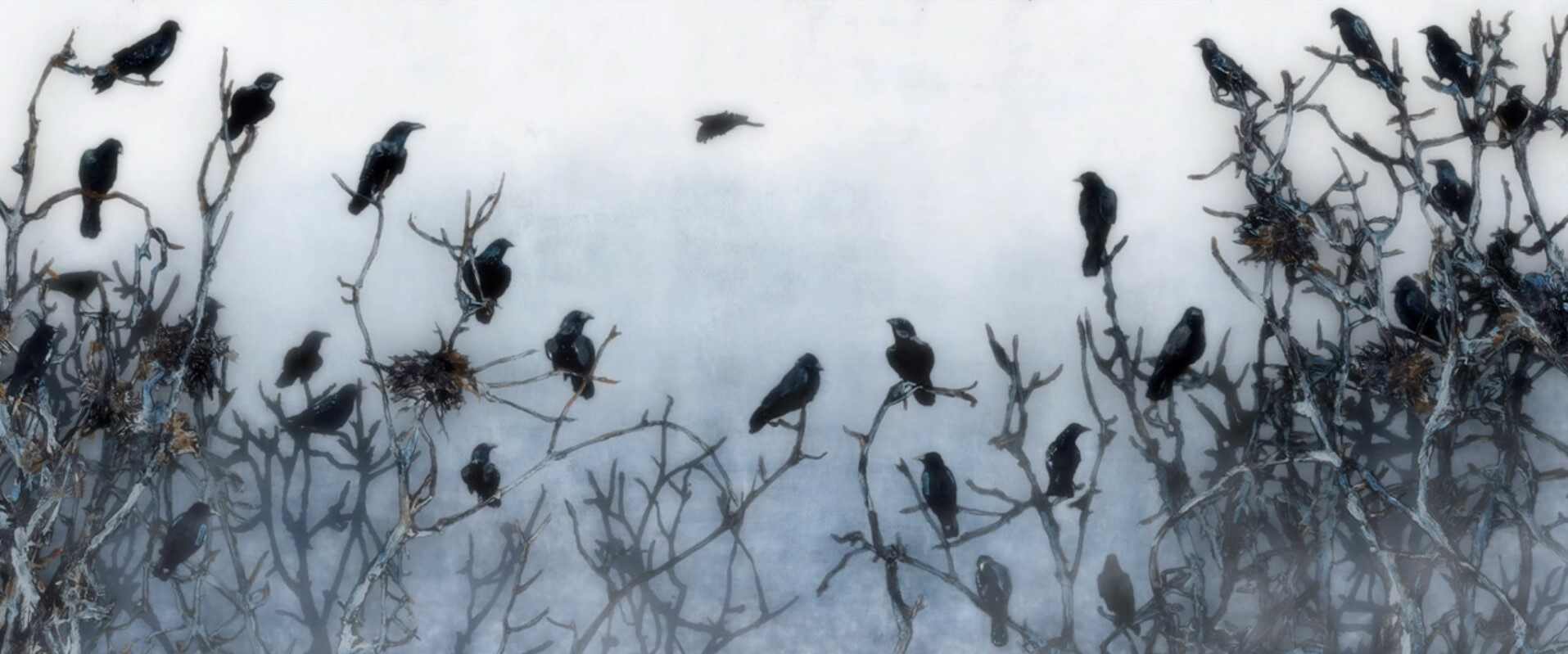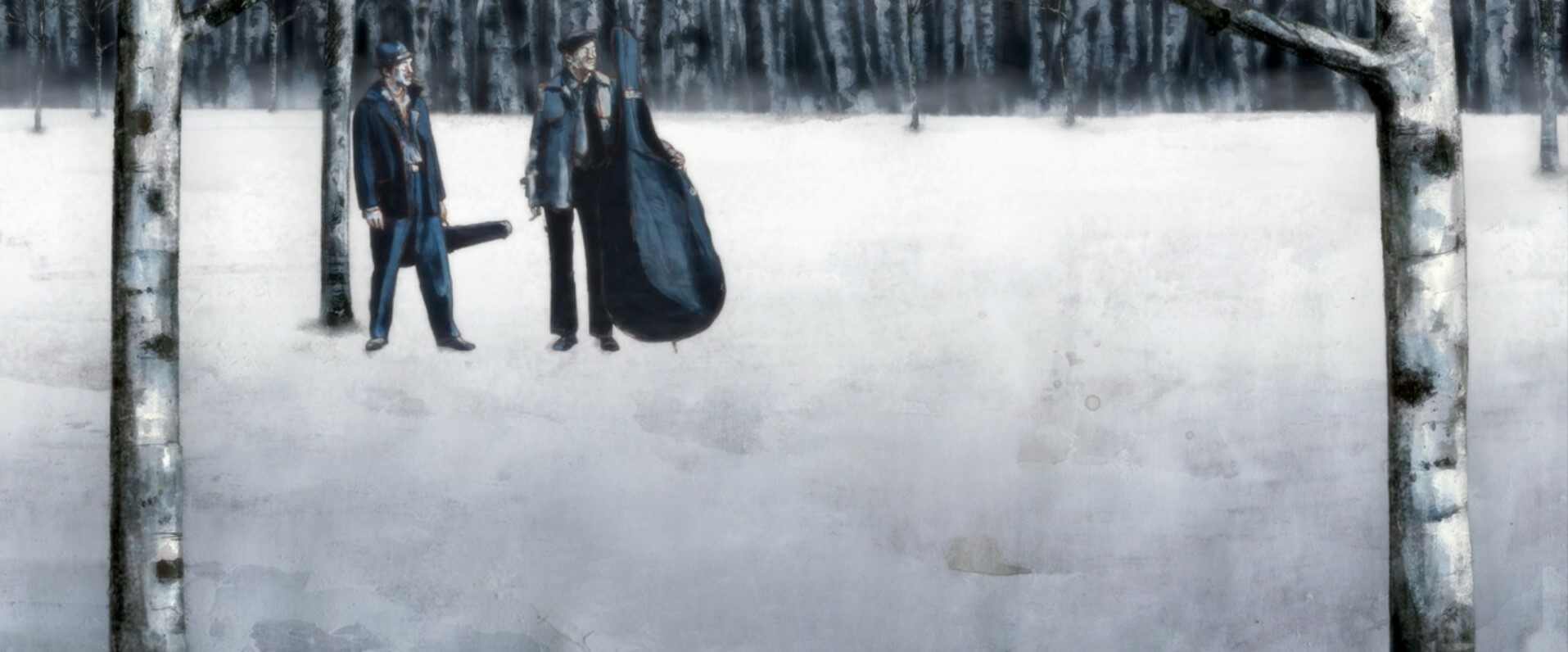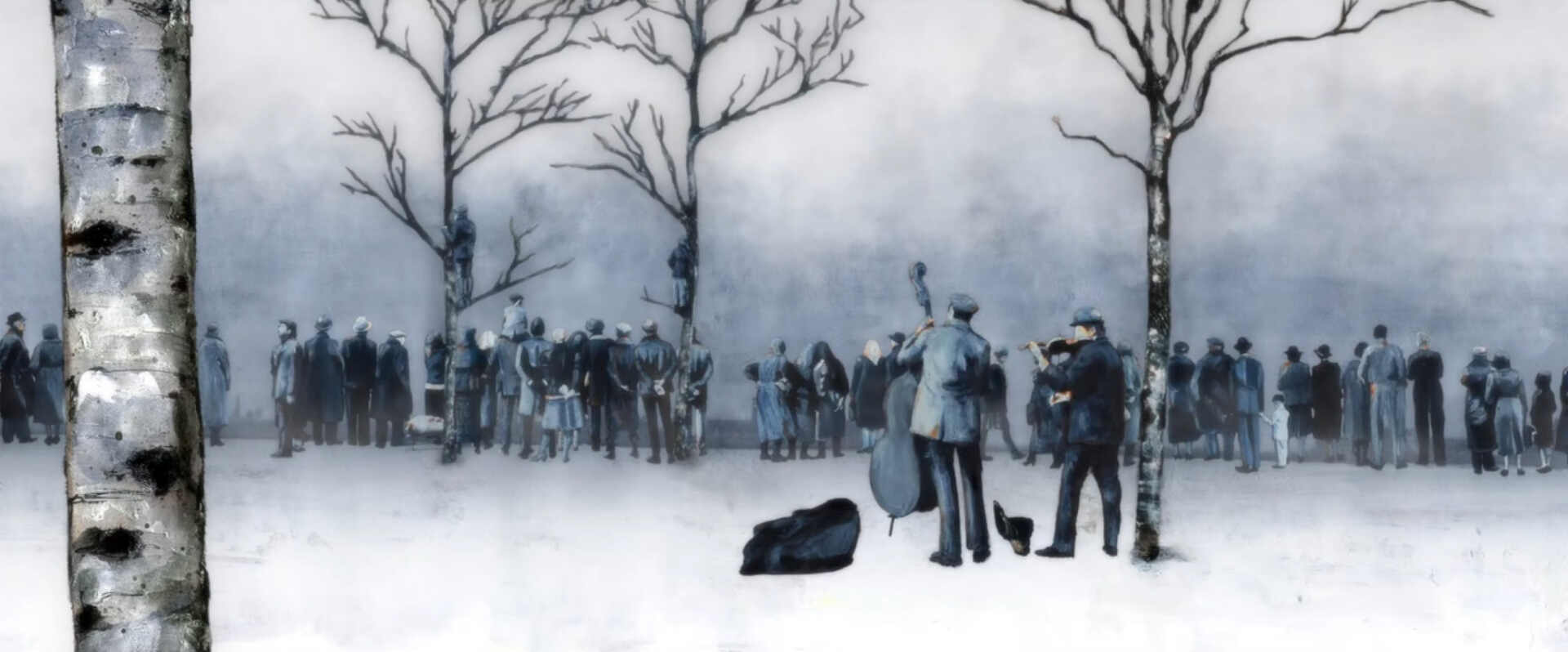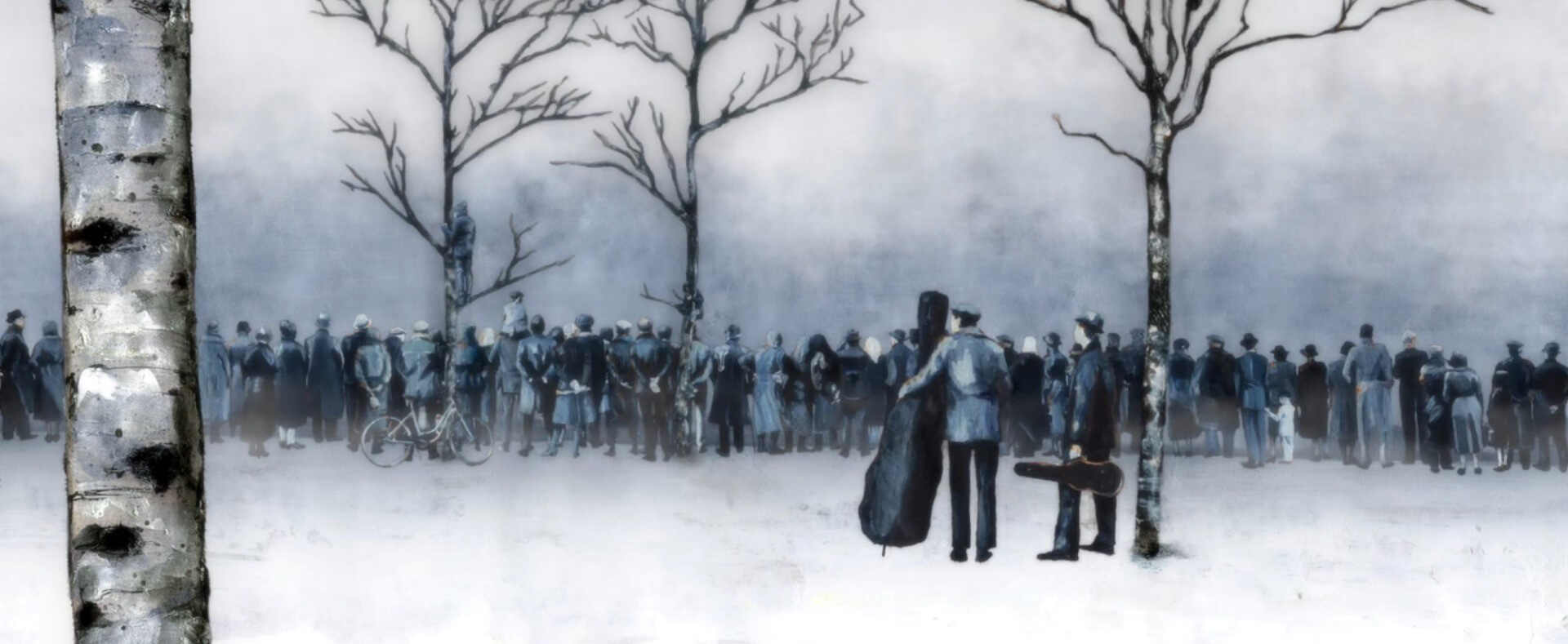By Tami Klein
Posted in art, perspectives on life
Animation is conquering our cultural space, and not by chance. Visuals are instantly captivating because they require less time than linear reading. The power of an image is that it can simultaneously present a subject, interpret it and sometimes even pass judgment. This advantage is understandable, especially, in an age when the pace of life is ticking very quickly, when every moment can/might be the new, the opposite, the fateful, when compared to the previous moment. Therefore, it is unsurprising that art has also been conquered by illustrated visuals.
In an exhibition of animated films at the Tel Aviv Museum, “24 Frames per Second,” Tal Lanir curated films of varying lengths from the last decade, selected from among many hundreds of films by Israeli artists working in the field. It is noteworthy that most of these animated films were neither commissioned nor commercial, yet they have been shown at prominent animation festivals in Israel and around the world. The films are screened at the Tel Aviv Museum in six “compilations,” with different selection of films shown each time. Details and dates for screenings of each compilation may be found on the museum’s website.
Nothing Happens, a film by Michal and Uri Kranot, is screened as part of the “Joints” compilation. The film is extraordinary, in terms of what it does, how it does it, and the impact it makes on the viewer. Nothing Happens leaves the viewer captivated and thrilled.

We contacted the creators, who are working abroad, and they responded to questions that intrigued us after viewing their film.
– Is the film based on a text, event, thought, image?
The film corresponds with works of art that inspire our work. One photograph taken by Mikola Gnisyuk, “The Rooks Have Arrived” (1964), was the spark that ignited the entire project. Viewing the photograph inspired thoughts about watching and accepting responsibility, and thus the concept was born.
– In a few words, for a non-professional, please explain the technique you used.
The backgrounds were painted using mixed pencil and acrylic techniques. The animation was first staged as live action, with each character filmed separately. Then, there began a process of digitizing and manipulating the filmed material, followed by printing the frames. Last, we painted on the processed image with acrylics and scanned them back onto the computer. All of the characters were integrated into the background using a rather complex post-production process.
– What were your thoughts as creative artists who accompanied creation of the film?
We wanted to breakup the linear narrative with a formalistic approach. The film consists of three shots that are repeated over and over again. The changing point of view creates a deliberate feeling of discomfort, and in its wake touches on the question – what do we expect and should we continue doing so?

– Is there a value resource in the film?
Although the narrative structure of the film is a bit obscure, we witness an event and seemingly participate in it, together with a group of people – whether by watching passively or through our actual presence at the event. The main point is to raise a question: What is our level of responsibility, actually our testimony and participation in the event, which can be interpreted as conscientiously and morally charged?
– Most of us want to leave traces with our work (as a cultural contribution), what are your traces in your work?
We would like our children to watch our body of work one day and feel that their parents tried their best not to succumb to the weight of life, that they were able to continue creating. Beyond that, the creative act itself is our interest, it drive us, keeping us awake and hungry for more…
– What response did you receive after audiences viewed the film? What was its impact?
We were surprised to find that despite the experimental nature of the film, it does communicate even to less experienced audiences. Apparently the animation contributes to that. We were happy to learn that the film also has a life beyond film festivals, and is being shown in museums and galleries.

The backgrounds of Uri and Michal Kranot Keren illuminate different facets of their work: Michal studied cinema at Tel Aviv University, and Uri studied music at Rimon. They met while studying animation at Bezalel.
We decided not “philosophize” about Nothing Happens. The film is extraordinary, and evokes thoughts, associations and excitement while and after watching. Just as we watched the film without any prior reflections on its contents and qualities, we would prefer for our readers to do the same. So, watch the film and form your reactions. In our opinion, this is part of this unique film’s beauty.
You will surely notice the music in the film; it is one of its most interesting and powerful elements.
You are invited to watch:
Michal & Uri Kranot – screenplay – direction – animation
Uri Kranot – music
Sofie Birch – sound
Juliette Viger – animation
Morten Andersen – post-production
Marie Bro – production
www.tindrum.dk
Tal Lanir – curator of the exhibition
Tel Aviv Museum of Art – www.tamuseum.org.il
** Reminder: we have published several other articles on illustration in various formats:




